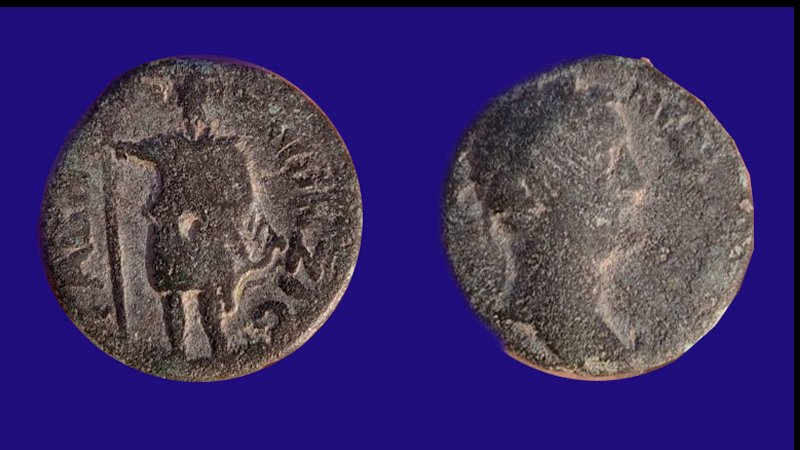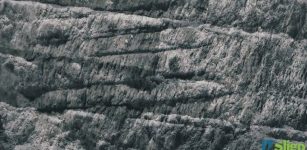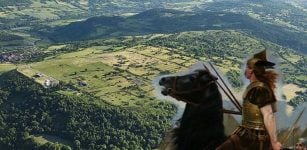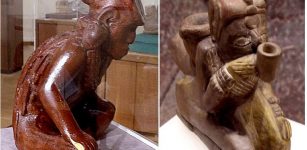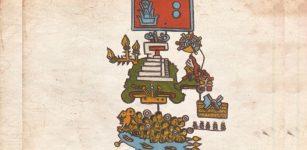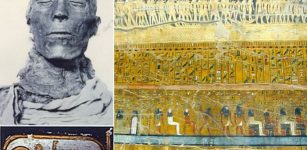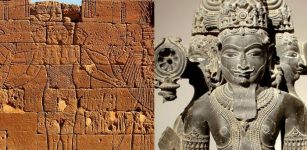Huge Maya Stone Panel With 123 Glyphs Found Near Nohoch Muul Pyramid
Jan Bartek – MessageToEagle.com – Archaeologists from the National Institute of Anthropology and History (INAH) have made a significant discovery in the Archaeological Zone of Cobá, Quintana Roo, Mexico. The find consists of a large stone panel featuring Mayan hieroglyphic text, measuring over 11 square meters.
INAH Director Diego Prieto detailed the discovery during a press conference. The entirely sculpted, L-shaped stone panel contains 123 hieroglyphic cartouches. It was found on the rocky surface of a pool near Nohoch Mul, Cobá’s tallest pyramidal structure.
The stone tablet was discovered 160 meters from Nohoch Muul, the highest structure in Cobá. Credit: INAH
Epigraphic studies reveal that the hieroglyphics originate from the Keh Witz Nal people and date back to 569 AD. The inscriptions relate to the founding of a town called Keh Witz Nal, meaning “Deer Mountain,” on May 12, 569 AD.
The research has also uncovered the name of a previously unknown sovereign, K’awiil Ch’ak Chéen. This discovery fills a gap in Cobá’s known dynastic sequence, providing valuable information about the site’s history and leadership.
This finding significantly contributes to our understanding of Mayan history and culture in the region, offering new insights into ancient Cobá’s chronology and governance.
The artifact in question comprises a panel featuring 123 glyphs that reference the establishment of Keh Witz Nal in 569 C.E. Credit: INAH
“This allows us to corroborate that many of the rulers of this city-state —of which 14 have been identified; three of them women, of which one led for four decades— adopted the name of the god K’awil, which gave them their attributes as protective deities of the place”, Prieto explained in a press release.
The Mayan hieroglyphics discovered at Cobá blend historical events with mythological narratives. They reference guardian gods such as Bolón Tz’akab Ajaw, who were associated with the establishment of corn and cocoa dynasties. This finding occurred during the implementation of the Program for the Improvement of Archaeological Zones (Promeza) along the state’s eastern coast, near Section 5 of the Mayan Train route.
INAH archaeologists excavating at the site. Credit: INAH
The archaeological project at Cobá has expanded to preserve this tablet from environmental degradation. A thorough cleaning process removed earth, salts, and vegetation covering the artifact. The hieroglyphics are believed to document the founding of a settlement called Keh Witz Nal.
See also: More Archaeology News
Conservation efforts included injecting lime mortar into the rock’s cavities to enhance its structural integrity, particularly in areas prone to water accumulation during rainy seasons. Simultaneously, researchers conducted high-precision documentation of the glyphic text, creating three-dimensional models. These models will facilitate more comprehensive epigraphic studies, aiming to achieve a complete decipherment of the text.
Written by Jan Bartek – MessageToEagle.com – AncientPages.com Staff Writer






